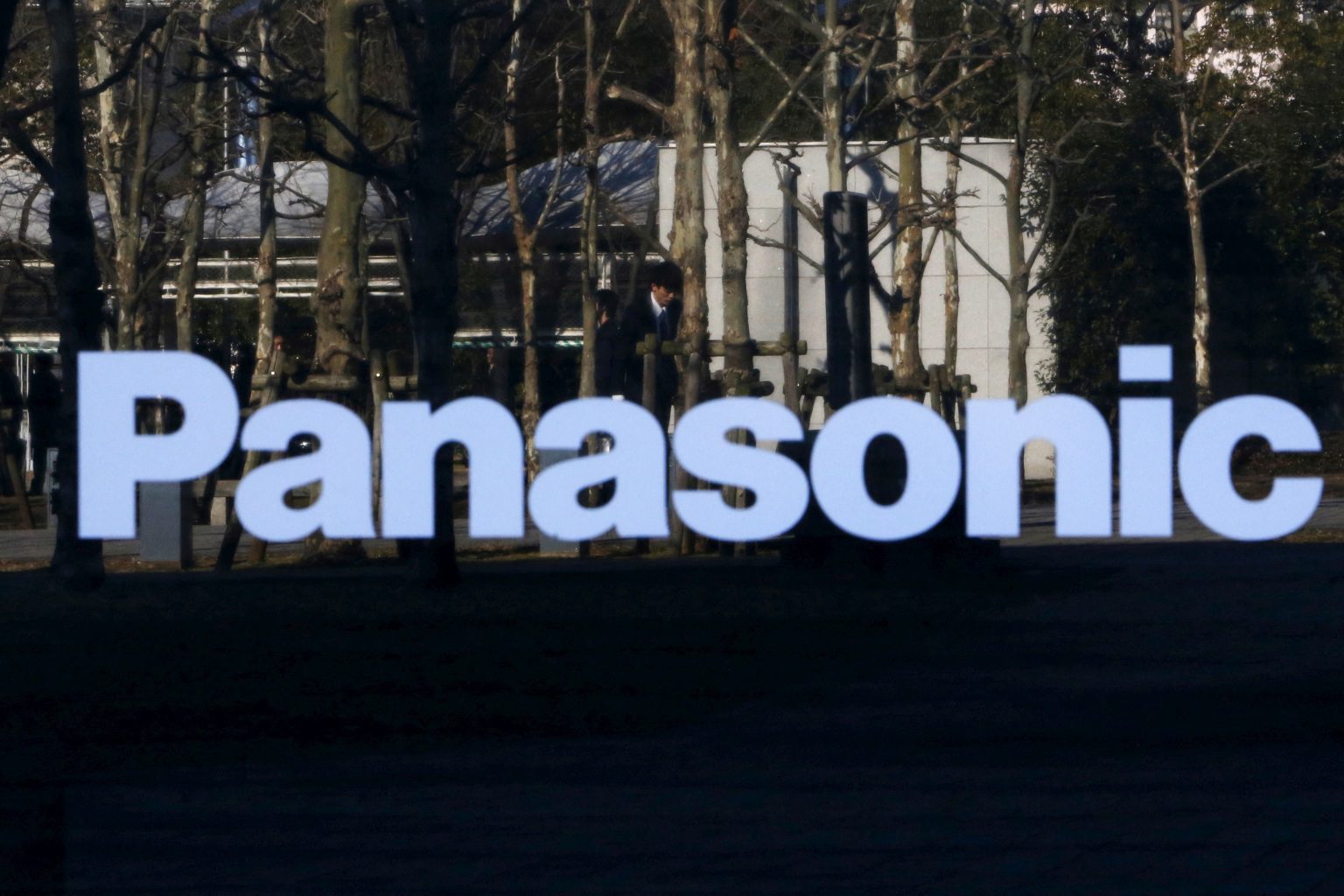TOKYO (Reuters) -Japan’s Panasonic Holdings Corp aims to ramp up production of battery cells used in electric vehicles by building at least two new factories in North America, it said on Thursday.
The company, whose energy unit makes batteries for Tesla Inc, seeks to boost its auto battery capacity to 200 gigawatt hours per year by March 2031, about four times its level at the end of March, it said in a presentation on its website.
Panasonic plans to build at least two new factories for 4680 battery production in North America by 2030, a spokesperson confirmed to Reuters.
Panasonic has yet to decide where in North America it will add the production capacity, said the company’s Group Chief Executive Officer Yuki Kusumi.
“It could be Nevada, it could be Kansas or it could be somewhere else,” Kusumi said during a press conference after giving a presentation about the company’s strategy.
Panasonic and trading house Marubeni Corp will build out a delivery network in Japan that will use small electric vans, the Nikkei newspaper said later on Thursday.
The firms will form a joint venture around June that will be tasked with issues ranging from installing charging units to managing vehicle batteries, Nikkei said, adding they will deploy hundreds of EV commercial vans in about two years.
Panasonic and Marubeni declined to comment on the report.
Panasonic is running a pilot 4680 production line at its Wakayama factory in Japan, while Tesla is already producing the 4680 battery cells, which Tesla CEO Elon Musk has touted as being key to making cheaper and compelling electric cars.
Panasonic will also set up two other new sites to deepen its battery know-how in Japan over the next two years.
One is a production technology facility it will establish in Osaka city in 2024, and the other is a site for development of new and next-generation batteries that it plans to set up in 2025 in neighbouring Kadoma city.
(Reporting by Daniel Leussink; Editing by Jacqueline Wong and Christina Fincher)





